
- On August 13, 2014, the Benguela Railway, designed, purchased and constructed by China, was officially opened to traffic
The Benguela Railway was formerly built in 1902 by Portugal during the colonial period to transport minerals from the Belgian Congo. The railway was completed in 1929 and brought huge profits to Portugal after its completion. Beginning in 1475 AD, after Portugal discovered the coast of Angola, the long process of colonization of Angola began.
Colonial Wolf
After the end of the civil war in 2020, Angola has relied on its own natural resources to promote economic development step by step, and has entered a high-speed economic growth. Based on purchasing power alone, Angola's GDP has also increased to US$7,097. The biggest contribution to it is the oil and gas resources. The development and utilization of oil and gas resources contribute 60% of its GDP to its economy. Behind the huge economic growth of Angola, it is the developed infrastructure that continuously provides power.

For a country rich in agriculture and mineral resources, railways are the most important infrastructure. As early as the Portuguese colonial period, the rulers realized this and presided over the construction of a railway that runs through Angola from east to west, the Benguela Railway. This railway is like a straw for the vampire-like colonists to grab all kinds of resources in Angola. It feeds the colonists and fat, but the people on this land are getting thinner and thinner, but it is undeniable that this railway It is of great significance to Angola. It is a pity that the railway was destroyed in the war during the years of the War of Independence.
What's more serious is that during the civil war, during the armed struggle between the SPLM and UNITA, a large number of landmines were filled along the railway. After 27 years of non-stop fighting, there are 20 million landmines all over the railway line. Moreover, this kind of landmines are anti-tank mines. It is fine for people to walk by, but tanks or trains are absolutely heaven! The war is over, but the hidden scourge is still afflicting the Angolan people.
Under normal circumstances, it doesn’t matter if the original railway is destroyed, and there are still so many mines, at most one can be built in another place, but for the whole of Angola, the terrain is dominated by plateaus, and the place suitable for building railways in the whole country is just that. A place the size of a palm can only be rebuilt on the old line. In this way, the Angolan government is caught in a dilemma - to build the railway, relying on these domestic shrimp soldiers and crabs will not be enough, not to build the railway? People all over the country pointed to it to turn over and regain a new life.

Thinking of the tragic fate of being beaten for being behind and being colonized if it fails, the Angolan government resolutely saved a lot of money and prepared to use it for the reconstruction of the Benguela Railway. However, the next problem came again: lack of corresponding technology and talents, domestic people are good at farming and mining, but they are asked to build railways, and the construction is still a total length of 4,300 kilometers, and the average is within one meter. There is a railway with 4 mines. This is not a road construction, but a life-threatening situation.
Chinese dragon
The desperate Angolan government did not have a fierce man like China's Zhan Tianyou, so the project could only be handed over to other countries. In the process of fierce competition, China has won the qualification to help Angola rebuild the Benguela Railway. China's winning the bid is well-deserved, because since the founding of the People's Republic of China, it has been committed to helping those suffering and suffering in the world, especially the deep friendship with the African people, and the Chinese people have a deep love for infrastructure. Be good at.
In 2002, the construction of this railway with a total investment of 1.83 billion US dollars began. It was contracted by China Railway 20th Bureau and designed by China Railway Shanghai Design Institute. The construction process of this railway was very bumpy. Chinese compatriots who went to Africa not only had to overcome technical and climate problems, but also had to "close contact" with so many landmines. Fortunately, they have strong support from the government, often the army clears the mines ahead, and they work right behind them. Sometimes there are not enough troops in the army, and the people from the 20th Bureau of China Railway Construction will demining by themselves. The predecessor of the CRCC was the 10th Division of the Railway Corps. A veritable army of heroes. When they arrived at the Railway Construction Bureau, although the group of people who fought in the war had already begun to take care of their lives, their spirit was not lost.

In addition to the hidden dangers caused by landmines, the harsh natural environment also brought a lot of trouble to the construction team. In relatively poor and backward Africa, there are not only highly contagious diseases such as malaria, but also various mosquitoes and poisonous insects. According to the person in charge of the railway: "There is a kind of insect called mango fly, which bites a person and becomes a It's a little white, but the wound will continue to fester within a few days, there are also schistosomiasis in the wild water source, and malaria is also very contagious." Although a hospital was built on the construction site and medical insurance was added, there are still more than 20 builders. stay there forever.
While demining and repairing, the whole line was completed and opened to traffic in 2015. It took 13 years and the speed reached the highest ever 90 kilometers per hour. After the completion of the railway, in 2019, a train named "Pride of Africa" departed from Dares Saddam, the capital of Tanzania, on the east coast of the African continent. It took 15 days and passed through Tanzania, Zambia, Congo (Kinshasa) and Angola along the way. , the whole journey is about 4300 kilometers.
After entering Angola, follow the Benguela Railway, climb the mountains and mountains all the way, and finally reach the end of the Benguela Railway, the port city of Lobito on the Atlantic coast. For the first time in history, passenger railways have been completed to connect the Atlantic Ocean and the Indian Ocean. During the 13-year construction process, China has dispatched more than 10,000 people to Africa to participate in railway construction and recruited local people to participate in the construction. It has successively provided job opportunities for more than 100,000 local blacks and taught them work skills. "We not only help them build railways, we also help them train people." Cities around the station will greatly contribute to the development of the local economy due to the flow of goods trade.

But even in the face of dense landmines, hot weather, and raging mosquitoes, the Chinese did not shrink back, but rose to the challenge, and finally helped Angola build such a railway, such a lifeline of economic recovery. The earliest railway built by the Portuguese colonists took 30 years. The old railway was like chains, bound to the Angolan people. The railway built by the Chinese in 13 years is like a blood vessel, delivering nutrients to every corner along the railway, turning barrenness into abundance, and turning blockages into channels.
In 2002, Angola's per capita GDP was only US$872.5. After the construction of the railway, by 2020, the per capita GDP has increased by 300%. Because of this difference, many local Angolans sincerely said: "The sky and the earth in Angola were created by God, and the rest were created by the Chinese." A memorial tower to record the friendship between the two countries and the glorious deeds of the Chinese helping to rebuild the railway.
In addition, the construction of the railway is a mutually beneficial and win-win matter for both countries. Angola and China have established a strategic partnership for a long time and are China's second largest trading partner in Africa. A steady stream of crude oil is transported to China. , which greatly enriched the domestic crude oil reserves. On the other hand, in China, the export of various means of transportation, electronic products and steel appliances has also greatly improved the quality of life of the local people. Therefore, it took 13 years to rebuild the railway on the old railway line full of mines, but it can facilitate the two countries for many years. This is by no means a thankless behavior.
historical thinking
The same is to build a railway that runs through the east and west. The Portuguese colonists brought endless oppression and plunder to the people, but China brought hope and light. When Zheng He went to the Western Ocean hundreds of years ago, he surrendered wherever the vast fleet passed, but Zheng He did not plunder the slightest thing in any place, and the Western colonists planted their own flags every time they passed by.
Zheng He used his actions to represent the Chinese nation, and he also planted a banner on behalf of the Ming Dynasty, that is, the banner of peace. Perhaps in the eyes of the Western colonists, this kind of action is extremely ridiculous, but the Western colonists who have been pursuing legends and adventures all their lives may never understand this kind of behavior. This kind of tolerance and this kind of confidence belong to the Chinese nation. Lovely.
Why is China willing to help those backward and poor African countries achieve national independence and economic development? Because China has suffered the same fate as them, it has also suffered colonial aggression, and has suffered from the division and poisoning of Western powers. I have been exposed to the rain, so I am willing to hold umbrellas for others, love peace, and help the weak. This is a long-standing fine character of the Chinese nation since ancient times. From Zheng He's voyages to the West in the Ming Dynasty to the construction of the railway in New China, the external form has changed, but the internal spiritual quality has not changed.

Conclusion: After years of development, Angola has become China's most important trading partner. The construction of this railway has not only driven the economic growth of the local and surrounding areas, but also brought new hope to the future of the Angolans. China-Africa friendship has also will be more profound. When China's railways go to the world, when the world builds bridges with railways, maybe in the near future we can take a train made in China to travel to Angola and go to more countries to see the scenery. Time will prove everything, and China's railways can stand the test of time. Editor/XuNing
Comment
 Praise
Praise
 Collect
Collect
 Comment
Comment
 Search
Search


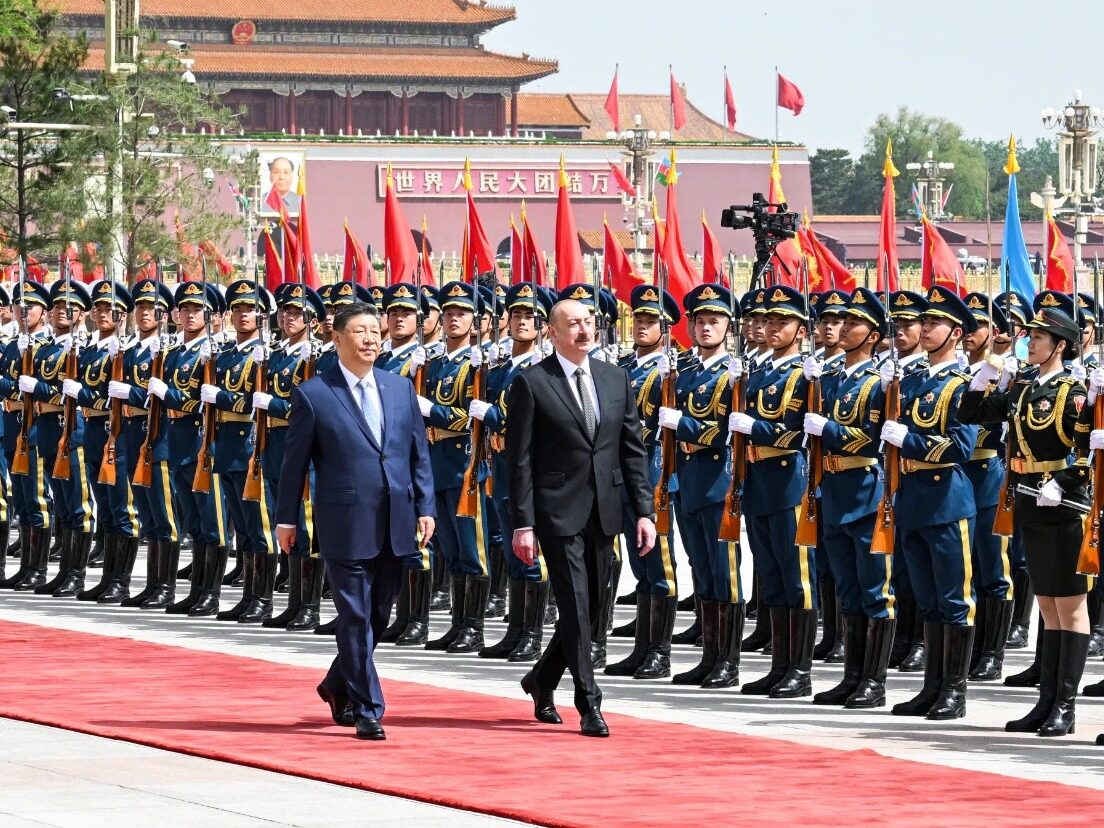
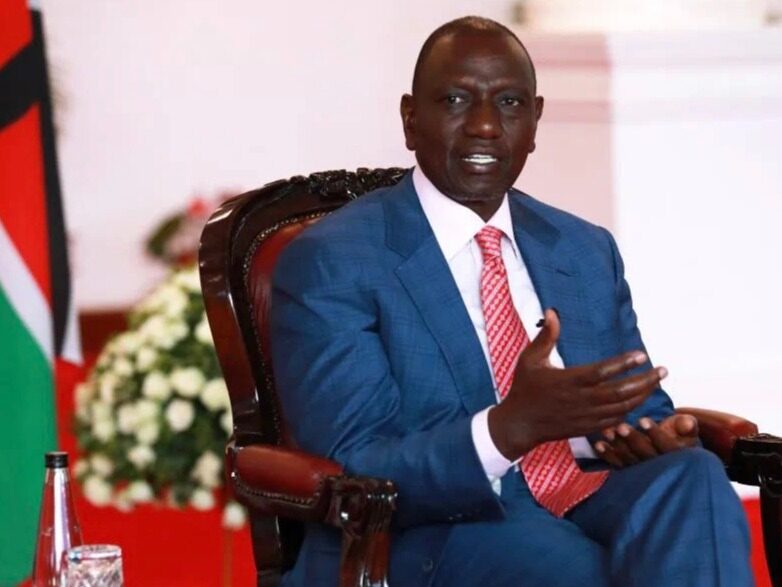
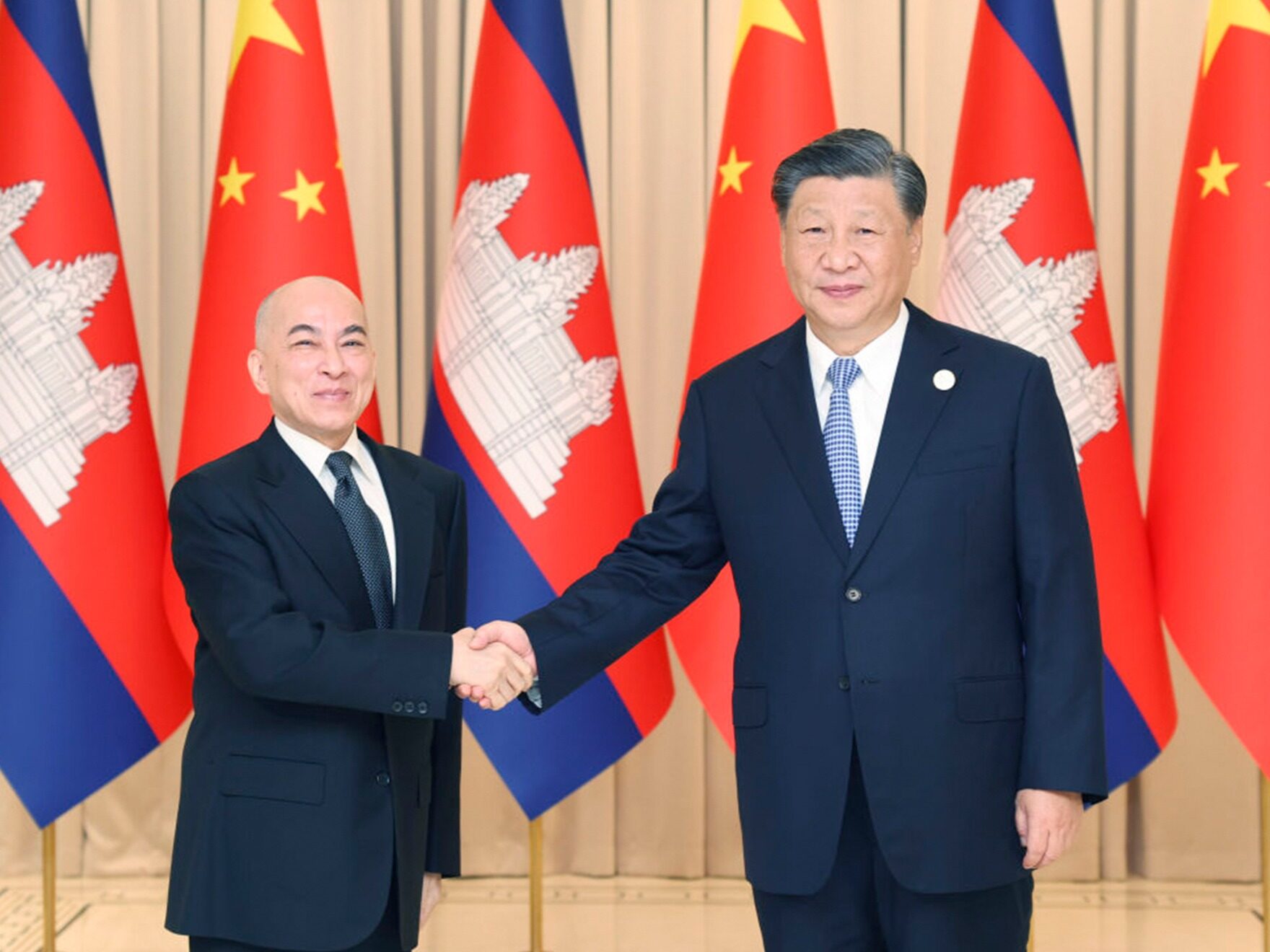

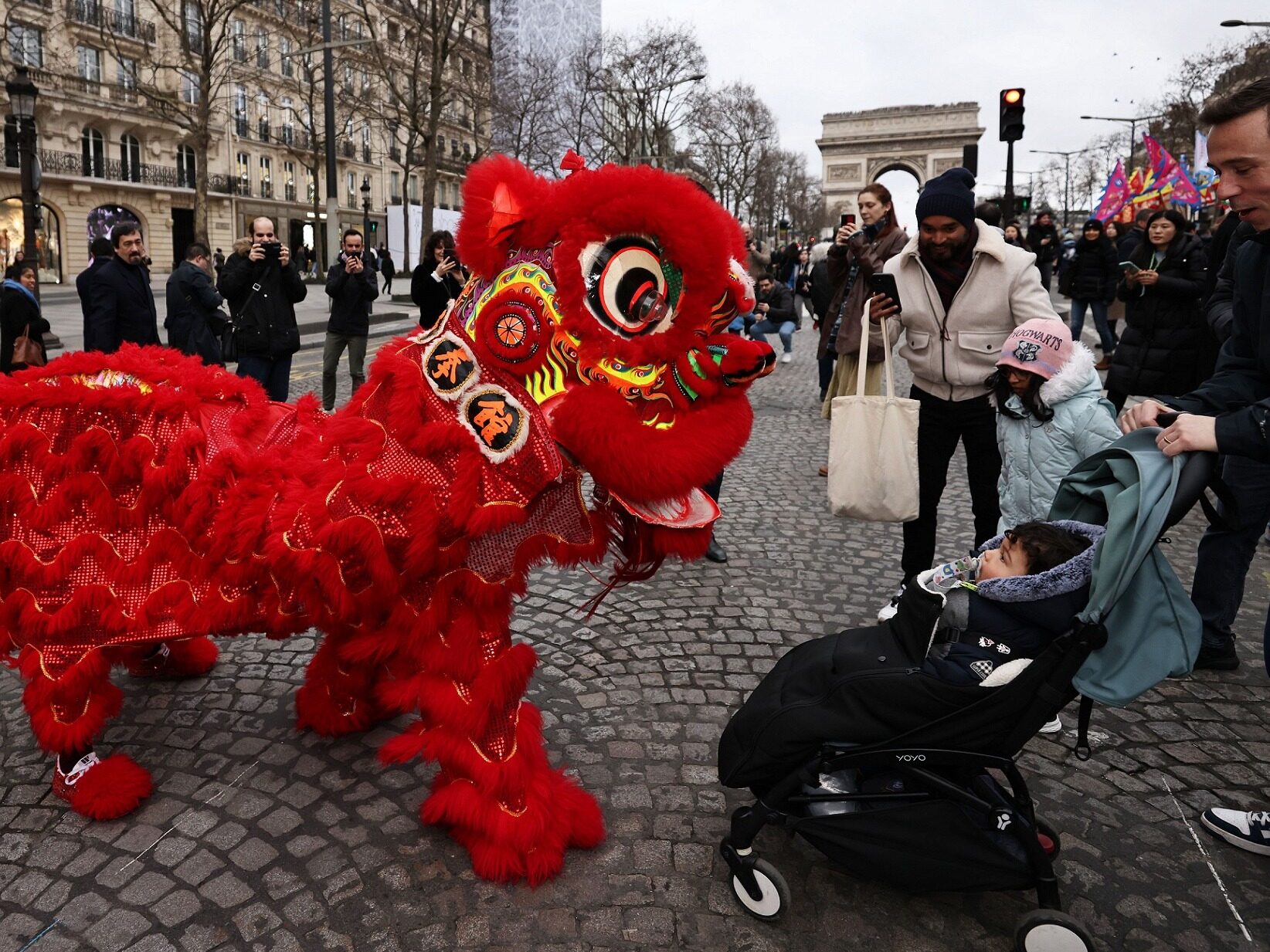
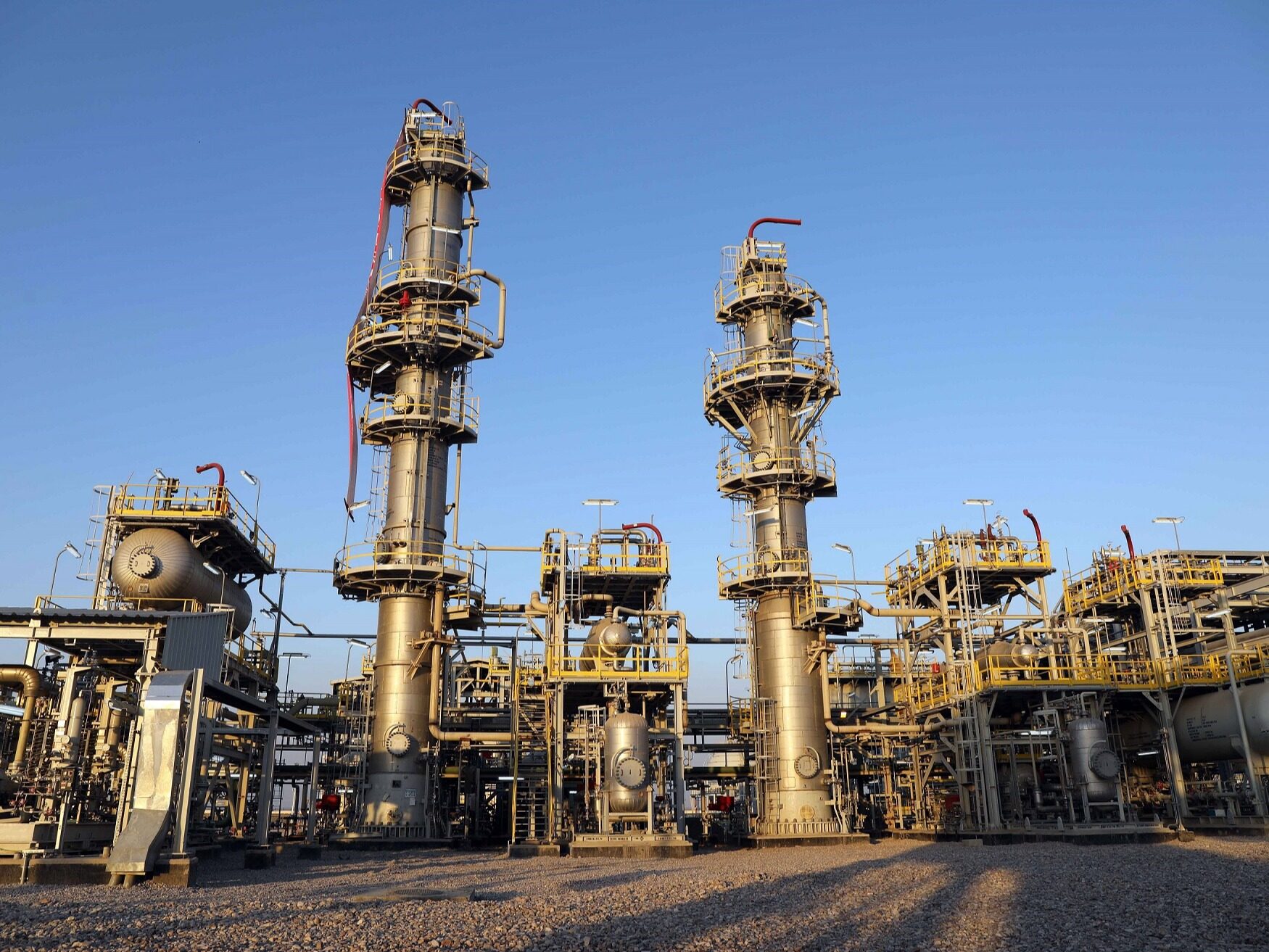






Write something~